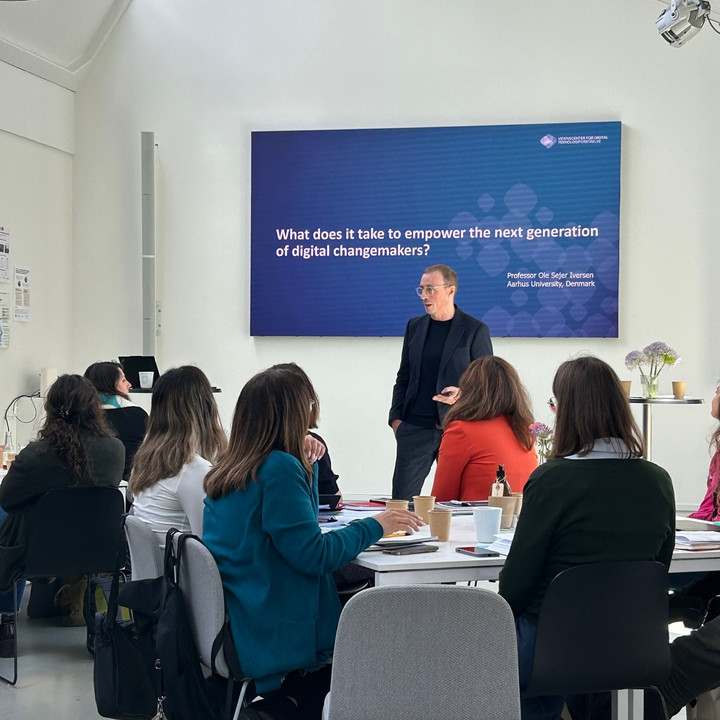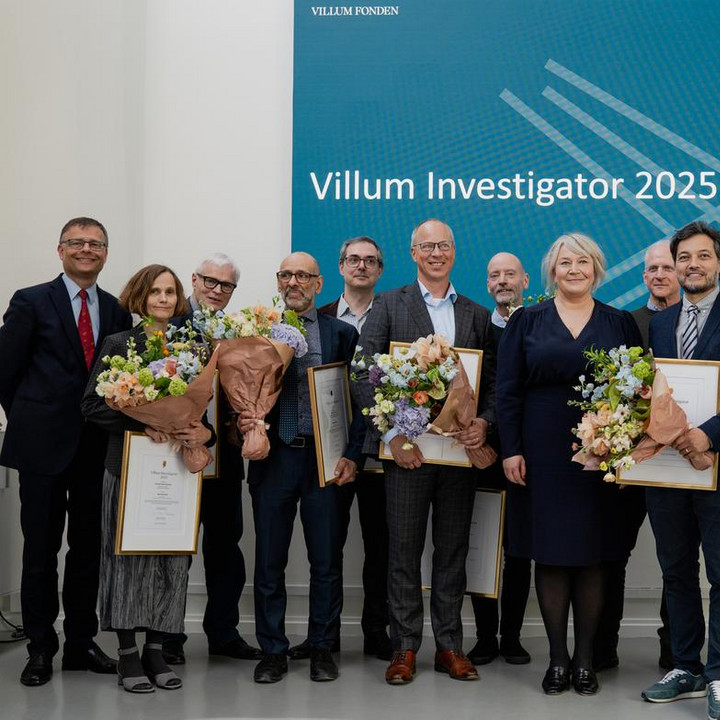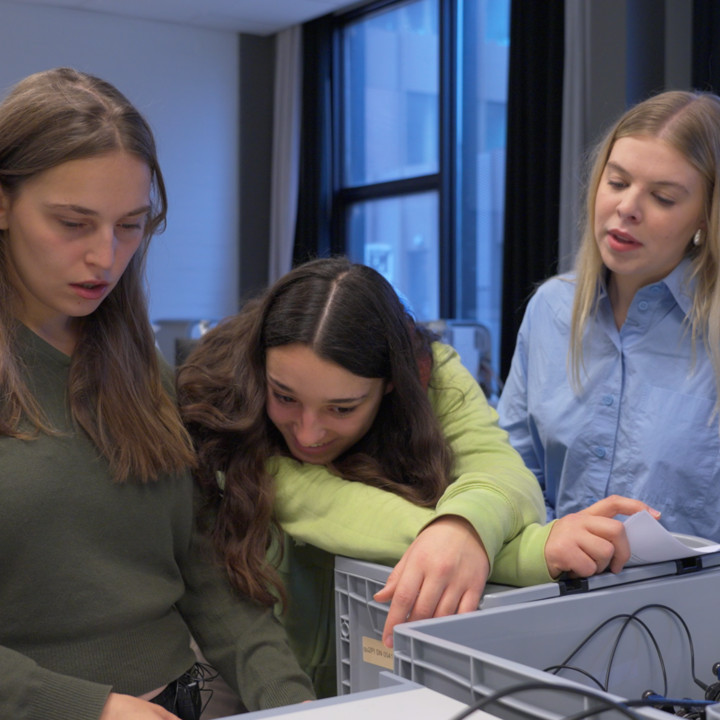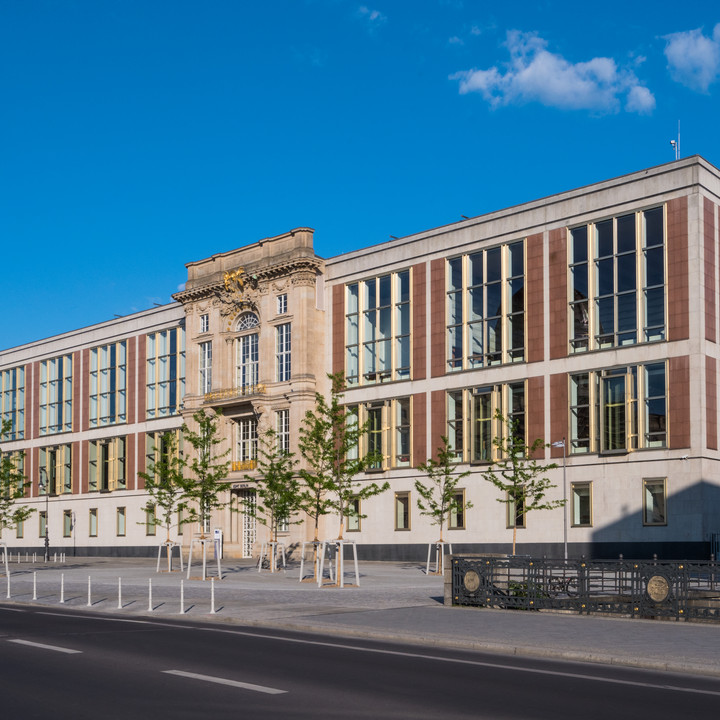The Danish Nature Foundation buckles up for work
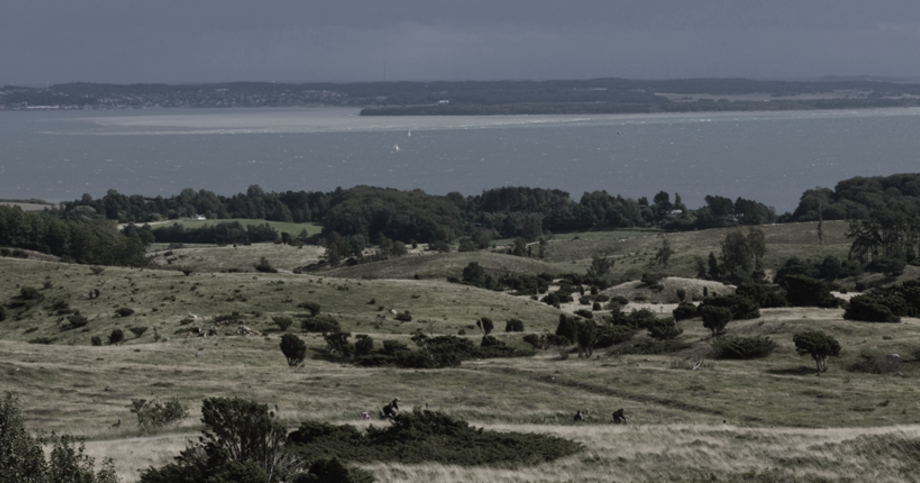
The Danish Nature Foundation has published its first strategy, and its first actual project. The strategy serves as the framework for the Foundation’s work during the next couple of years.
The level of ambitions is high and with a long-term perspective. Denmark should be a country with several largescale and significant natural areas, and nature experiences should be significant and easily accessible all over the country.
The first project of The Danish Nature Foundation is to introduce a flock of wild horses in Mols Bjerge in Djursland. The horses are going to be grazing the area all year round. The project serves as an experiment and a demonstration at the same time, in order to possibly extend the project concepts, both in Mols and elsewhere in the country. At the same time, visitors in the national park are given an extra nature experience.
The project is founded in a collaboration between The Natural History Museum and The Mols Laboratory. The project is also supported by Aarhus University.
Valuable input from many participants
Chairman of the board of the Danish Nature Foundation, Lauritz Holm-Nielsen, says: “The foundation’s strategy represents a purposeful frame for the important long-term work that we are now to commence. We are involving a wide circle of organisations, which have all contributed with valuable points of view”.
The Danish Nature Foundation is currently working with a number of different projects. Among these, the foundation plans on acquiring land areas and transform them into new nature areas. These acquisitions will be made in close dialogue with local landowners, and until firm agreements have been reached, the projects will not be published.
“In close cooperation with landowners, associations, other foundations, municipalities and many other actors, The Danish Nature Foundation will do everything possible to give nature a much needed lift”, and he continues: “when I grew up, meadows were full of flocks of lapwings larks and redshanks. This and a lot more will be reestablished”.
The Danish Nature Foundation is an independent, private foundation working to develop and renew significant national natural heritage values and to provide nature experiences all over Denmark.
The foundation was established in 2015 by the state, VILLUM FONDEN and Aage V. Jensens Naturfond with a start-up capital of appr. 900 million DKK.
The objective will be, through collaboration and co-financing, to create lasting natural values for a significantly larger amount, during many years to come.
Photos kindly provided by The Danish Nature Foundation, Photographers: Morten DD Hansen and Bert Wiklund.
